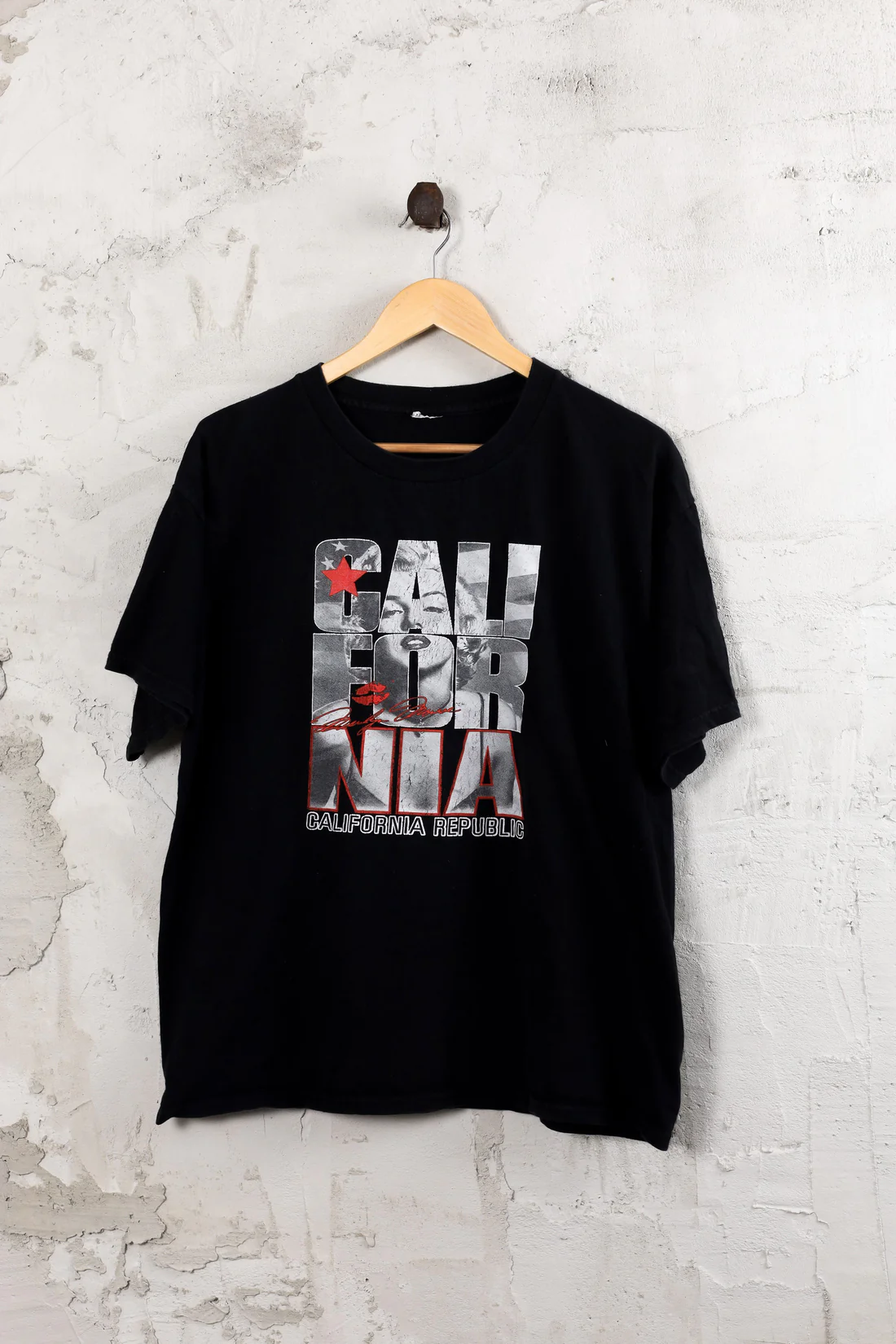Single Stitch Shirt Care Tips For Longevity And Style
Single-stitch shirts, often considered vintage or retro, are unique pieces of clothing known for their distinctive designs and construction. Whether you’re a collector or simply appreciate the style, taking proper care of your single stitch shirt is essential to ensure its longevity and maintain its appeal. These shirts often come with delicate designs, and their fabric may be more sensitive than modern counterparts. Here’s a comprehensive guide on how to care for your single-stitch shirts or sing-stitch T-shirts to keep them looking great for years to come.
1- Read the Care Label
Always start by reading the care label on your single-stitch shirts. The care label provides specific instructions tailored to the fabric and construction of your shirt. It will guide you on the appropriate washing and care methods, helping you avoid common mistakes that could lead to damage.
2- Hand Wash or Gentle Cycle
Whenever possible, opt for hand washing your single-stitch shirts. Hand washing is the gentlest method and ensures you have full control over the washing process. If you wash it through the washing machine, select the gentle cycle with a low spin setting. Turn the shirt inside out before washing to protect the design and reduce friction against the machine’s drum.
3- Use a Mild Detergent
Harsh detergents can cause colors to fade and damage delicate fabrics. Choose a mild detergent specifically designed for delicate or colored clothing. Look for one labeled “color-safe” or “gentle” to ensure the best protection for your single-stitch T-shirt.
4- Avoid Bleach
Never use bleach when washing your single-stitch shirt. Bleach is harsh and can lead to discoloration, weakening of the fabric, and damage to the shirt’s design. Instead, rely on the color-safe detergent to maintain the vibrant colors and integrity of your shirt.
5- Separate Colors
To prevent color bleeding and fading, always wash your single-stitch vintage tee separately or with similar colors. Sorting your laundry is a simple yet effective way to ensure that the colors on your shirt stay vibrant and don’t transfer to other clothing.
6- Cold Water Rinse
Both the washing and rinsing stages should use cold water. Hot water can cause the fabric to shrink and may also cause colors to fade faster. Cold water is gentler on the fabric and helps maintain the integrity of the design.
7- Delicate Drying
If possible, avoid using a dryer, as the heat can cause the fabric to shrink and the design to peel or break. Instead of wringing the garment, remove redundant water by gently squeezing it. Lay the garment evenly to dry on a clean, dry towel. Maintain the shirt’s natural outline and avoid tugging or stretching the fabric. Place the garment in a well-ventilated area to speed up the drying process, but avoid direct sunlight to prevent color fading.
8- Ironing
If your single-stitch shirts need ironing to remove wrinkles, use the lowest heat setting on your iron. Pay special attention to the design areas, avoiding direct contact with the iron. If the shirt has a sensitive design, consider placing a clean, thin cloth between the iron and the shirt to prevent any direct heat exposure.
9- Storage
Proper storage is essential for preserving your single-stitch shirts. Store it in a cool, dry place away from direct sunlight. Excessive exposure to sunlight can cause colors to fade over time. If you plan to store the shirt for an extended period, consider using acid-free tissue paper to prevent any potential color transfer or damage to the fabric. Use padded hangers if hanging the shirt in your closet to avoid stretching the fabric.
10- Avoid Stains
Accidents happen, but treating stains promptly is essential to prevent permanent damage to your single-stitch tee. Depending on the type of stain, use an appropriate stain remover or follow the care instructions provided on the garment label. Avoid rubbing the stain vigorously, as this can damage the fabric or design. Instead, gently blot the stain with a clean cloth until it’s lifted.
11- Wear with Care
When wearing your single-stitch T-shirt, be mindful of how you handle it. Avoid excessive stretching or pulling on the fabric, as this can lead to fabric distortion or the loosening of seams. Try to minimize activities that may cause abrasion, such as leaning against rough surfaces, to prevent damage to the shirt’s fabric or design.
12- Rotate Your Wardrobe
If you’re fortunate enough to own multiple single-stitch shirts, consider rotating them regularly. This practice spreads out the wear and tear, ensuring that no single shirt receives excessive use. Rotating your wardrobe can help maintain the condition of your shirts for a longer time.
13- Professional Cleaning
For particularly valuable or delicate single-stitch shirts, consider professional dry cleaning services. Inform the dry cleaner of any special care instructions or concerns you may have. Professional cleaning can be beneficial for single-stitch vintage tees with intricate or delicate designs, as experienced cleaners are well-equipped to handle such items.
14- Repairs
Address any loose threads or small tears promptly to prevent them from getting worse. Loose threads can unravel, and small tears can grow with wear. If you’re not confident in your sewing skills, seek the assistance of a professional tailor or seamstress who can repair your shirt while preserving its original design and structure.
Conclusion
Caring for your single-stitch shirts requires attention to detail and a gentle touch. These shirts often have unique designs and are considered valuable in the world of vintage fashion. By following these care tips, you can ensure that your single-stitch shirts remain vibrant, stylish, and in excellent condition for years to come. Remember that with proper care, your single-stitch shirts can continue to be a fashionable and collectible addition to your wardrobe.







